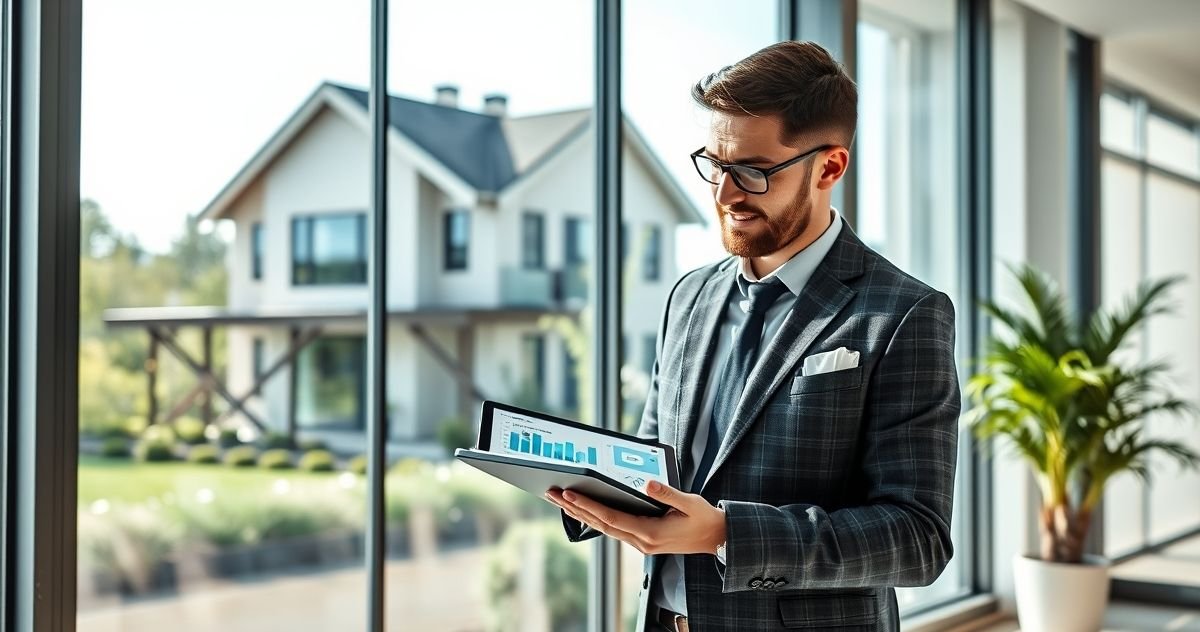A green mortgage is designed to support eco-friendly homeownership by financially rewarding buyers or renovators of energy-efficient properties. Lenders offer better interest rates, higher loan limits, or reduced fees because energy-efficient homes generally have lower utility bills, improving the borrower’s ability to repay the loan.
These loans are often backed by major entities like Fannie Mae and Freddie Mac (see Fannie Mae Green Financing) and come in two primary types:
- Energy Efficient Mortgage (EEM): Helpful for buying homes already certified as energy-efficient. It may allow higher loan amounts due to anticipated energy savings.
- Energy Improvement Mortgage (EIM): Enables borrowers to add the costs of qualifying energy upgrades (like solar panels, insulation, or efficient HVAC systems) directly to their mortgage.
Qualifying requires meeting standard mortgage criteria—credit score, income, and debt-to-income ratio—and passing an energy audit, often evaluated by the Home Energy Rating System (HERS) or similar standards. The audit documents the home’s efficiency and identifies possible improvements.
Benefits include significantly reduced monthly utility expenses, potential for better loan terms, increased property value, and a smaller carbon footprint.
Common misconceptions include the idea that green mortgages are only for new constructions or that the process is complicated. In reality, energy improvement mortgages help upgrade older homes, and lenders usually assist with the required energy evaluations, often financing the audit cost within the loan.
For more details on mortgage qualifications, see Mortgage Qualification Criteria and related loan programs such as FHA Energy Efficient Mortgage and Home Improvement Loans.
Sources:



